Mosquito Hunters (A History of Hostilities Against Man's Deadliest Foe - the Mosquito - Since 1881)
The book also tells the story of some of the mosquito species that contribute to human diseases such as malaria, filariasis,dengue, Zika, chikungunya, and Japanese encephalitis. These diseases have played an important role in slowing down the national progress through depleted economy, healthand intelligentsia. The country spends almost 50% of its health budget in fighting against these ailments. Therefore, it emerges that, besides the brutal facts of how the mosquito has insinuated itself into human history, from the malaria that devastated invaders of ancient Rome (Alexander ‘The Great’had reportedly died due to Plasmodium falciparum malaria while returning home after the battle with the Indian king Poru in the malaria infested Punjab region),the story of man's struggle to live with the mosquito, from the early 19th Century malaria-defeat inMian Mir under direct charge of DrSamuel Rickard Christophers, who advocated to Dr Ronalad Ross’s theory of ‘environment sanitation’,to the malaria-deaths of hundreds of rural inhabitants living in The Thar Desert’s irrigated Command Area under the world famous Indira Gandhi Nahar Pariyojana, in the early 1990s,and to the recent panic over the chikungunya virus’ in Kerala, as well as many other States and Union Territories, crippling thousands of people, in 2006, and deaths from dengue all over the country during 2012-14, need to be told to the modern generation of medical entomologists and vector-borne disease specialists to relive the moments of victories and defeats in this vicious age-old battle between man andmosquito. At the end we find that we have only ourselves to be blamed to a great extent for accelerating the spread of mosquitoes and the diseases they transmit; with climate change and increased international travel, mosquito-borne illnesses are flaring up all over the globe. Catastrophic failures of mosquito control have ensured that worldwide even now one person dies of malaria every twelve seconds. This book describes, ina mosquito's-eye view, how mosquito breeds, rests, feeds, flies, mate, and dies, besidesinteraction with her natural enemies. The book also deals with the current constraints and future control prospects of mosquito control. In view of the increasing resistance to insecticides and chemotherapy, the book throws light on the subject of greatest promise to ending mosquitoes' deadly assault on man by render them impotent by genetic manipulation by replacing them through paratransgenesis involving micro-organisms such as bacteria and fungi.
Get it now and save 10%
BECOME A MEMBER

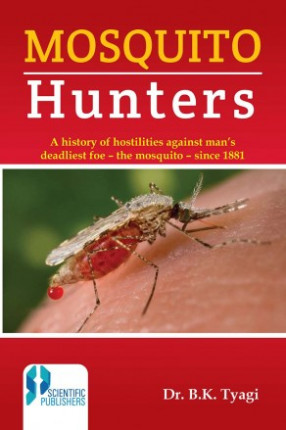
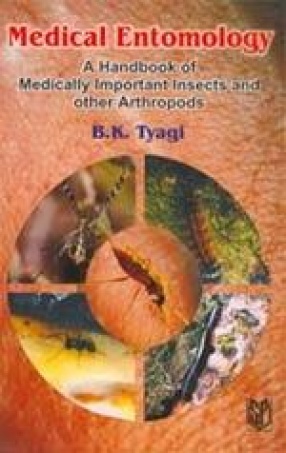
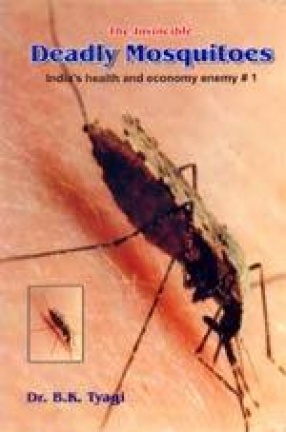

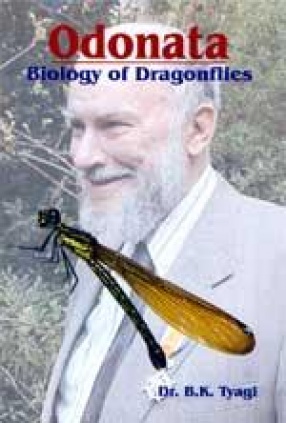

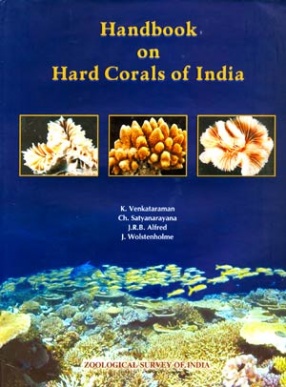

Bibliographic information